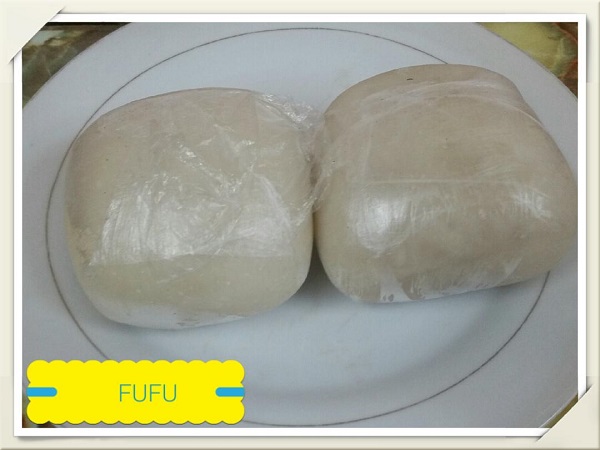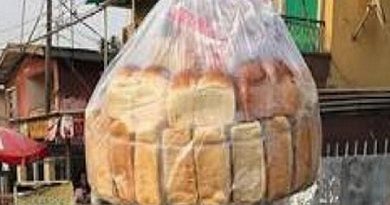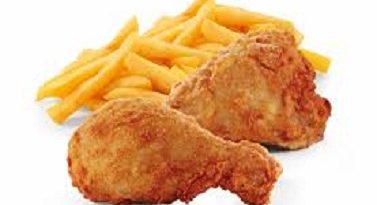Fufu Preparation At Home
A request for Fufu was made by a friend some days ago. Preparing it made me realise that I was not the only one craving this good old day’s comfort meal. I love the smooth feel of fufu when am gulping it. Fufu is a staple food across West Africa and refers to any cannular shaped root vegetables like yam, potato, cocoyam and cassava. These root crops can be cooked, pounded or mashed, then fashioned into little balls. One of the common types of fufu is that made from cassava. In Nigeria, it is referred to as Cassava Fufu or Akpu and is considered as the most traditional Nigerian food.
Fufu powder variant of other Nigerian fufu meals has been modernised by utilising a food processor that cuts down on the amount of work involved but not cassava fufu. There is a need for a mortar and pestle because this food is hard to pound and stability that a mortar and pestle provide can be helpful. Fufu is not a meal by itself and is generally served with any Nigerian Soup other than pepper soup. Bitterleaf Soup and Oha Soup are my most preferred soups for cassava fufu. However, that does not imply that you simply cannot enjoy it with other soups.
Table of Contents
Also Read: African Garden Egg And Its Health Blessings
It is habitual to eat fufu with clean hands. This shows the true reflection of the food. Though meant to be eaten with the fingers, spoon or knife with a fork can still do the work. Pull off a pinch of dough that is about the size of 1 / 4. Roll it right into a ball in your hand, after which you make an indentation in the ball with your thumb. Scoop up the stew and enjoy. Think of fufu as a type of an American dumpling.
Fufu Recipe
Only two ingredients are needed in making fufu namely:
- Raw cassava paste
- water
Fufu Making
To make raw cassava paste fit for consumption, it must undergo certain procedures:
- Shape the raw cassava into balls and place them in a pot containing adequate boiling water enough to cover the balls. You need to knead the raw cassava paste in a bowl, adding small water occasionally until the paste mixes well with the water. If it is watery and cannot form a ball, add cassava flour or garri as the thickener, mix very well and cover the pot.
- When the water begins to boil, and you see little cracks on the balls, remove them and put in a mortar for the first round of pounding. Use the pestle to pound vigorously to squash every one of the lumps.
- Mould the cassava fufu into flatter balls this time because the quantity must have increased and you still need to use the same pot to contain all of them but if the pot is big enough to contain the fufu, there will not be a need for flatter balls.
- Add more water to the first water enough to cover the cassava balls and allow to boil, and then put the balls in the pot for the second time.
- Boil until it is ready, and then turn into a mortar like the first time and pound until it is smooth. You will know if your fufu is cooked fully through by the uniform texture, it feels really smooth and the colour which could be white or a bit off-white.
PLEASE NOTE:
Fufu is cooked twice since it is not well cooked the first time, it was half done. You will notice that the inside maintains its original texture while the outside becomes too soft in the first cooking. If you cook all at once without mixing both textures by pounding at some point, the fufu will come out sticky and watery and you will not like the texture or enjoy eating it.





Pingback: West African Peanut Soup - Nigerian Groundnut Soup - 9jafoods
Pingback: Best Kale Soup Recipe: Nigerian Kale Soup - 9jafoods
Pingback: Light Soup: How to Make Best Ghanaian Fufu and Light Soup - 9jafoods
Pingback: Ugba Vegetable Soup | Ofe Ugba | Nigerian Oil Bean Soup - 9jafoods